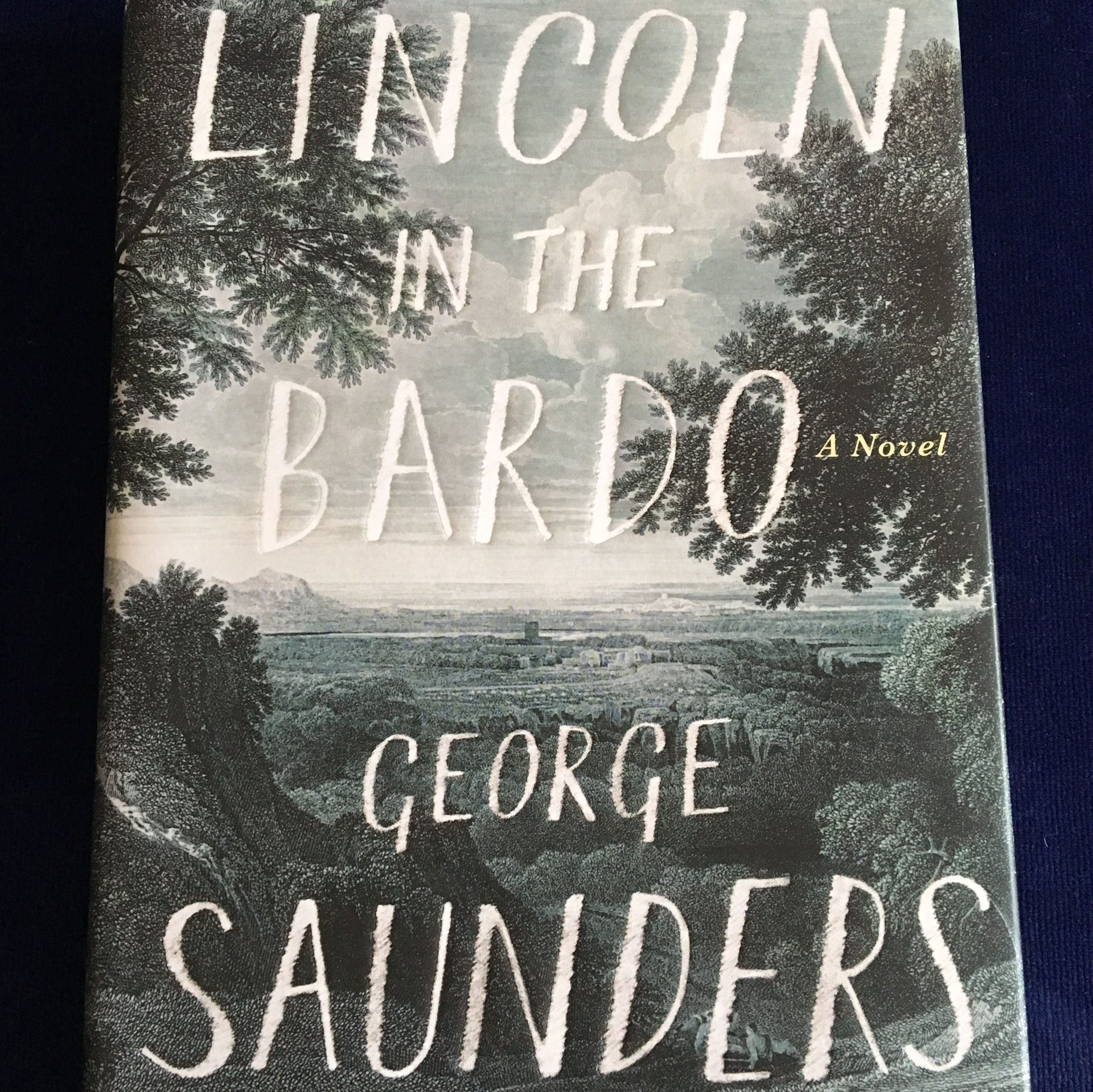Superlatives.
George Saunders is used to those.
A 2013 profile in The New York Times Magazine called him “the writer of our time.” The late David Foster Wallace once dubbed him “the most exciting writer in America,” and Saunders’ fellow novelist and teaching peer Mary Karr named him “the best short story writer in English—not ‘one of,’ not ‘arguably,’ but the Best.” Zadie Smith deemed his latest work “a masterpiece,” and he’s been hailed as the heir to Pynchon and Vonnegut.
A former MacArthur Genius Fellow, Saunders has written nearly two dozen pieces—both fiction and nonfiction—for The New Yorker, demonstrating his talent across category. His 2013 New York Times bestselling short story collection, “Tenth of December,” was a National Book Award Finalist and was named one of the best books of the year by such venues as NPR, Entertainment Weekly and New York magazine.
Unwilling to be defined by his concision alone, Saunders’ first foray into full-length fiction—2017’s Man Booker Prize–winning Lincoln in the Bardo—is an existential exercise in human suffering, sentimentality and historical re-examination, with a dash of his trademark humor. The novel follows young Willie Lincoln who, after perishing from typhoid at age 11, awakens in the “bardo” (a liminal state after death pulled from Buddhist tradition), bringing readers along as he meets other ghosts still struggling to sort out their previous life’s baggage. Honest Abe himself makes an appearance, grief and guilt drawing him to his son’s crypt. Defying the conventions of genre and format, the book is simply the latest trophy in Saunders’ crowded case.

